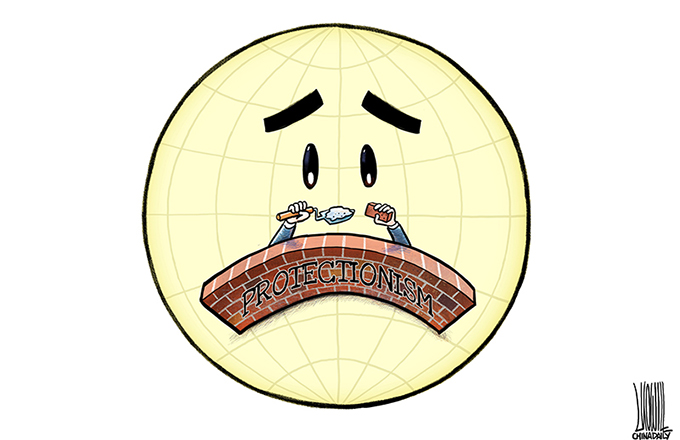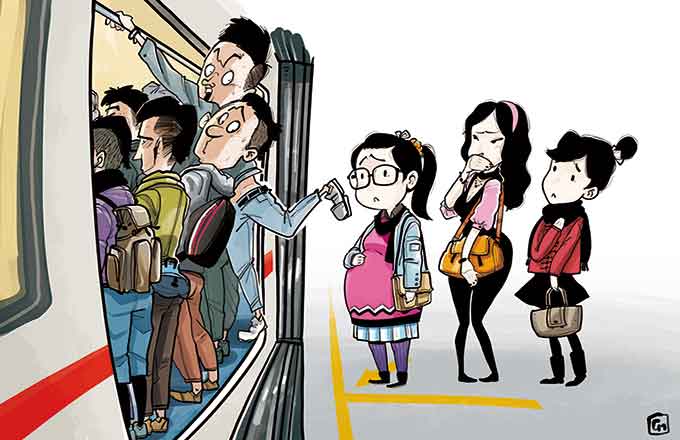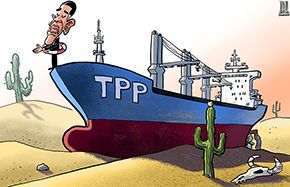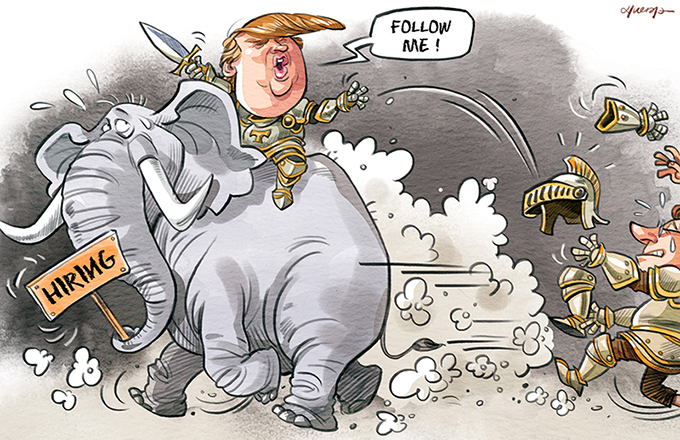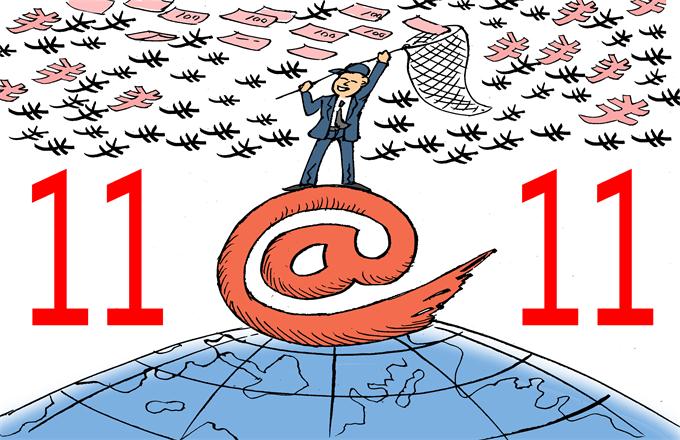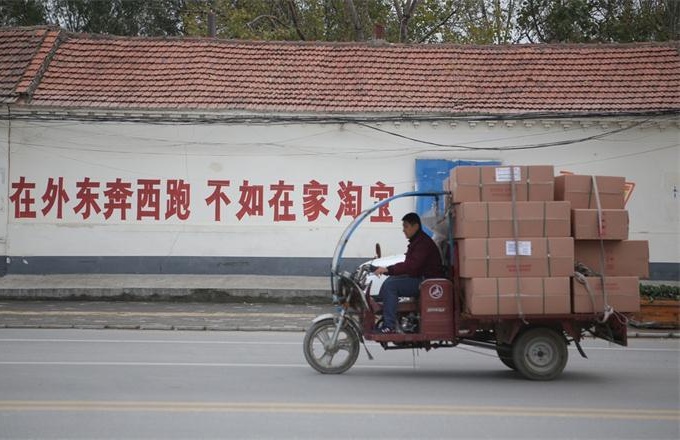Too early to write the epitaph for TPP

Like the "rebalancing to Asia-Pacific" strategy of US President Barack Obama, the Trans-Pacific Partnership Agreement also faces uncertainty with Donald Trump, who will enter the White House on Jan 20, vowing to "kill" it during his presidential campaign.
The 12-nation partnership, which took the Barack Obama administration six years of hard work to get inked, was called a "disaster" by Trump.
In Trump's eyes, the TPP poses a danger to US manufacturing, and the outside world - immigrants and other non-domestic factors - has created many of America's problems, from unemployment to security threats.
Diplomatically, Trump has promised to focus on domestic issues instead of getting deeply involved in international affairs, fueling concerns that the world's largest economy may gradually disengage itself from its allies. On trade, he has repeatedly blamed globalization for making Wall Street elites richer and leaving most blue-collar workers jobless or in poverty.
Although during his presidential campaign Trump vowed to put free trade deals, including the TPP and the North American Free Trade Agreement, to rest, he may not work to make his promise come true. The US is still a global leader and champion of free trade. When it comes to the US presidential election, there has always been a difference between campaign rhetoric and post-election policies.
To solicit wider support, especially from the underprivileged and environmentalists, Bill Clinton, the Democratic candidate in the early 1990s, severely criticized NAFTA but endorsed and helped it get congressional approval as president. Obama used a similar "trick" in the case of the US-ROK Free Trade Agreement, which he disagreed with as presidential candidate to win the support of automakers, yet approved of it as president.
So, the TPP faces either indefinite suspension or complicated renegotiation, and the odds are against the former. Given the continued economic integration in East Asia, Obama placed high hopes on the TPP, expecting it to help Washington consolidate its leadership in the Asia-Pacific region. According to the Obama administration, the TPP that excludes China is expected to help maintain the US' asymmetrical advantages in trade negotiations beyond World Trade Organization rules, such as the trade in services and intellectual property.
The TPP's ultimate aim, of course, is to replicate the asymmetrical edges in global trade negotiations. And since it is aimed at serving US interests, the incoming Trump administration is unlikely to scrap it altogether. In fact, Washington could pursue it even more strongly with its trade partners, in order to consolidate its global economic leadership, but probably in a less confrontational manner.
The author is a senior research fellow at the National Institute of International Strategy affiliated to the Chinese Academy of Social Sciences.
(China Daily 11/19/2016 page5)




